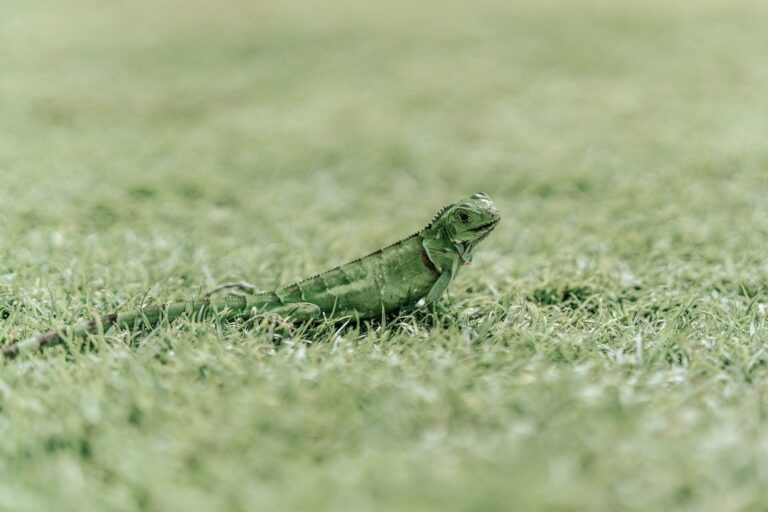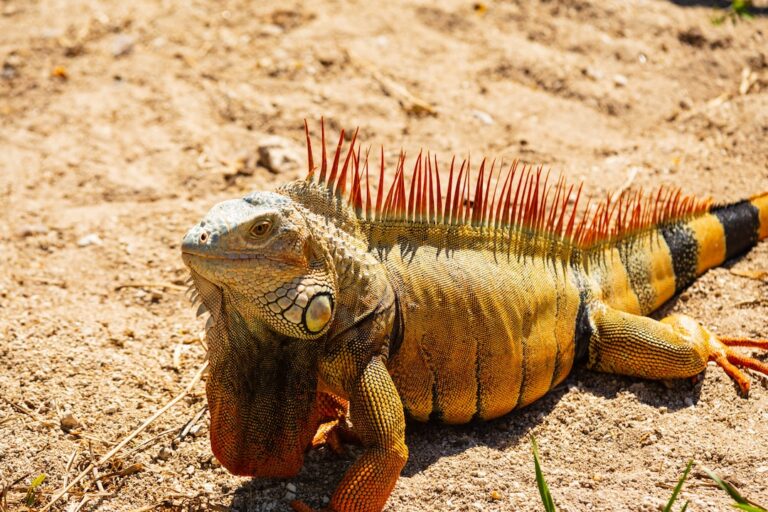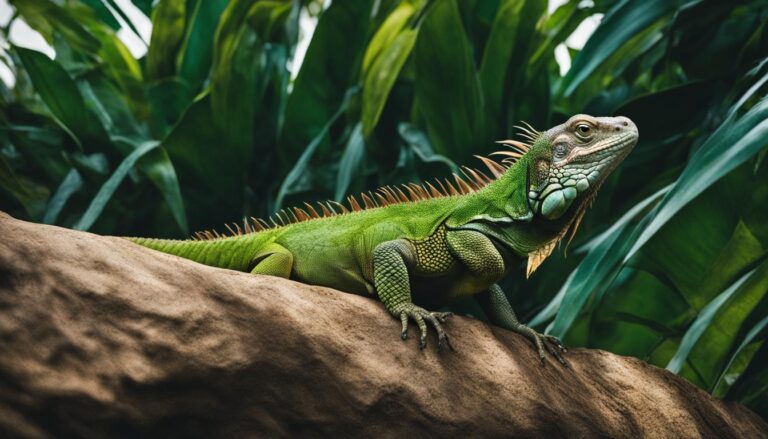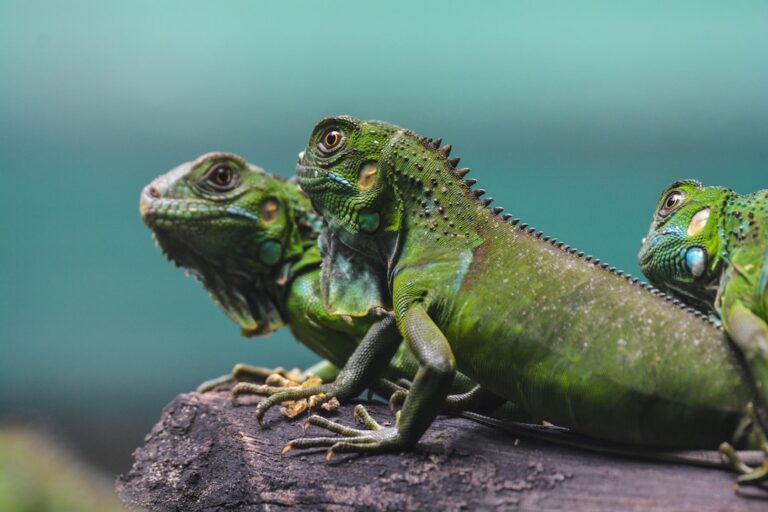Do Iguanas Regenerate Their Tails?
Iguanas are fascinating reptiles that are known for their unique tails. These tails serve various purposes in an iguana’s life, from communication to defense. Understanding the process of iguana tail regeneration is crucial for iguana owners and enthusiasts, as it allows them to provide proper care and attention to these reptiles.
Table of Contents
The Anatomy of an Iguana Tail
An iguana’s tail is composed of several distinct parts. At the base of the tail is the vertebrae, which provides flexibility and allows the iguana to move its tail in different directions. The muscles surrounding the vertebrae help the iguana control its tail movements.
The tail also consists of scales, which protect the underlying tissues and provide a layer of defense against predators. These scales can vary in color and pattern, making each iguana’s tail unique.
Why do Iguanas Lose Their Tails?
One of the most interesting aspects of iguanas is their ability to lose their tails as a defense mechanism. When an iguana feels threatened or attacked, it can detach its tail from its body. This process is known as autotomy.
By detaching its tail, the iguana can distract predators and escape from dangerous situations. The detached tail continues to move for a short period, further confusing predators.
The Regeneration Process of Iguana Tails
After an iguana loses its tail, the regeneration process begins. The first step is the formation of a blood clot at the site where the tail was detached. This clot acts as a temporary seal to prevent excessive bleeding.
Next, specialized cells called blastemal cells migrate to the site of injury. These cells have the ability to differentiate into various types of tissues, including muscle, bone, and skin.
Over time, these blastemal cells divide and multiply, forming the necessary tissues to regenerate the tail. The process can take several weeks or even months, depending on various factors such as the iguana’s age and overall health.
How Long Does it Take for an Iguana Tail to Regenerate?
The average time frame for an iguana tail to regenerate is around 2 to 3 months. However, this can vary depending on several factors. Younger iguanas tend to regenerate their tails faster than older ones.
Other factors that can affect the regeneration time include the iguana’s overall health, diet, and environmental conditions. Providing a proper diet rich in essential nutrients and maintaining a stress-free environment can help expedite the regeneration process.
Can Iguanas Regenerate their Tails Multiple Times?
Contrary to popular belief, iguanas cannot regenerate their tails multiple times. Once an iguana has regenerated its tail, it does not have the ability to do so again. This is because the blastemal cells that are responsible for regeneration are only present during the early stages of an iguana’s life.
It is important for iguana owners to understand this limitation and take extra care to prevent tail loss in their pets. Stressful environments, improper handling, and inadequate nutrition can increase the risk of tail loss in iguanas.
Factors That Affect Iguana Tail Regeneration
Several factors can affect the regeneration process of an iguana’s tail. One of the most important factors is proper care and nutrition. Providing a balanced diet that includes essential nutrients such as calcium and protein is crucial for healthy tissue regeneration.
Environmental conditions also play a role in tail regeneration. Maintaining a stress-free environment with proper temperature and humidity levels can promote faster healing and regeneration.
How to Care for an Iguana During Tail Regeneration
Caring for an iguana during tail regeneration requires special attention and care. It is important to provide a stress-free environment by minimizing handling and providing a quiet space for the iguana to rest.
Proper nutrition is also crucial during this time. A diet rich in leafy greens, vegetables, and fruits can provide the necessary nutrients for tissue regeneration. It is also important to ensure that the iguana has access to clean water at all times.
Common Myths and Misconceptions About Iguana Tail Regeneration
There are several myths and misconceptions surrounding iguana tail regeneration. One common myth is that an iguana can regenerate its tail multiple times. As mentioned earlier, this is not true, and iguanas can only regenerate their tails once.
Another misconception is that an iguana’s tail will grow back exactly the same as before. While the regenerated tail may resemble the original in appearance, it may not be identical in terms of size or shape.
Understanding Iguana Tail Regeneration and Its Importance
In conclusion, understanding the process of iguana tail regeneration is crucial for iguana owners and enthusiasts. It allows them to provide proper care and attention to these reptiles during the regeneration process.
By understanding the anatomy of an iguana’s tail, the reasons for tail loss, and the regeneration process, owners can ensure that their iguanas have the best chance of a successful regeneration. Proper care, nutrition, and a stress-free environment are key factors in promoting healthy tissue regeneration.
By debunking common myths and misconceptions about iguana tail regeneration, owners can have accurate information to provide the best care for their pets. Overall, understanding iguana tail regeneration is essential for the well-being and health of these fascinating reptiles.
If you’re interested in reptiles and their fascinating abilities, you might also enjoy reading the article “Can Chameleons Become Overweight?” on Reptile Friend. This informative piece explores the topic of chameleons and their potential weight issues. Discover the factors that can contribute to chameleons becoming overweight and learn how to ensure your pet chameleon maintains a healthy weight. Read more







